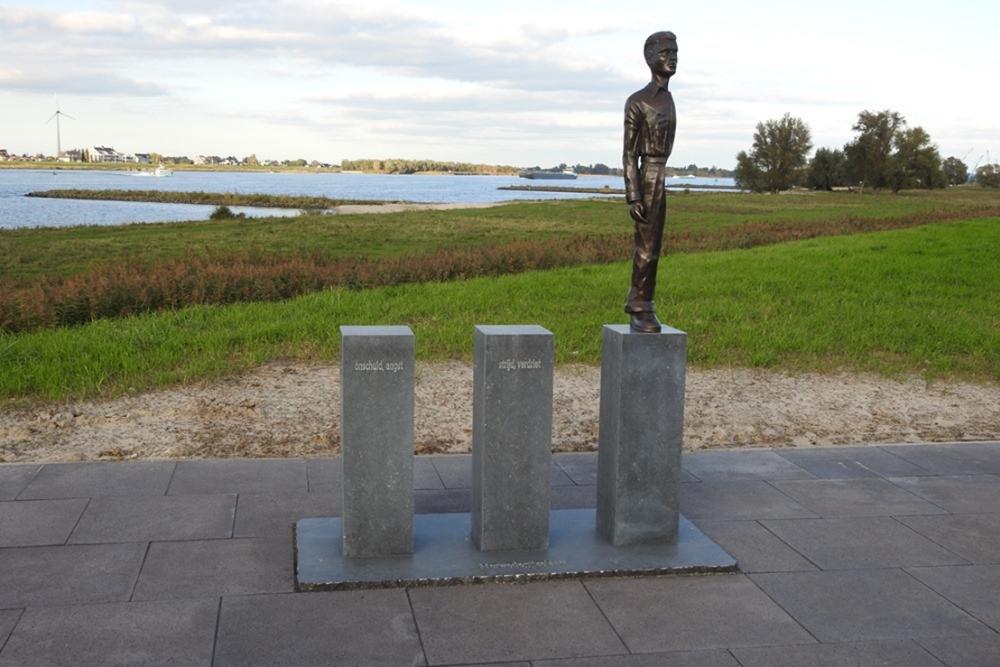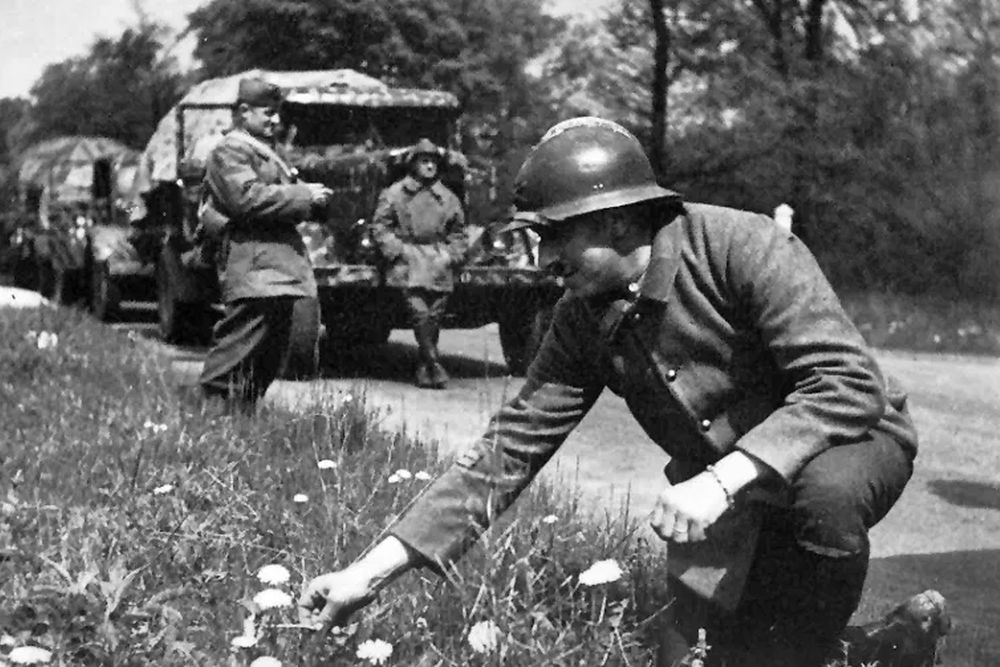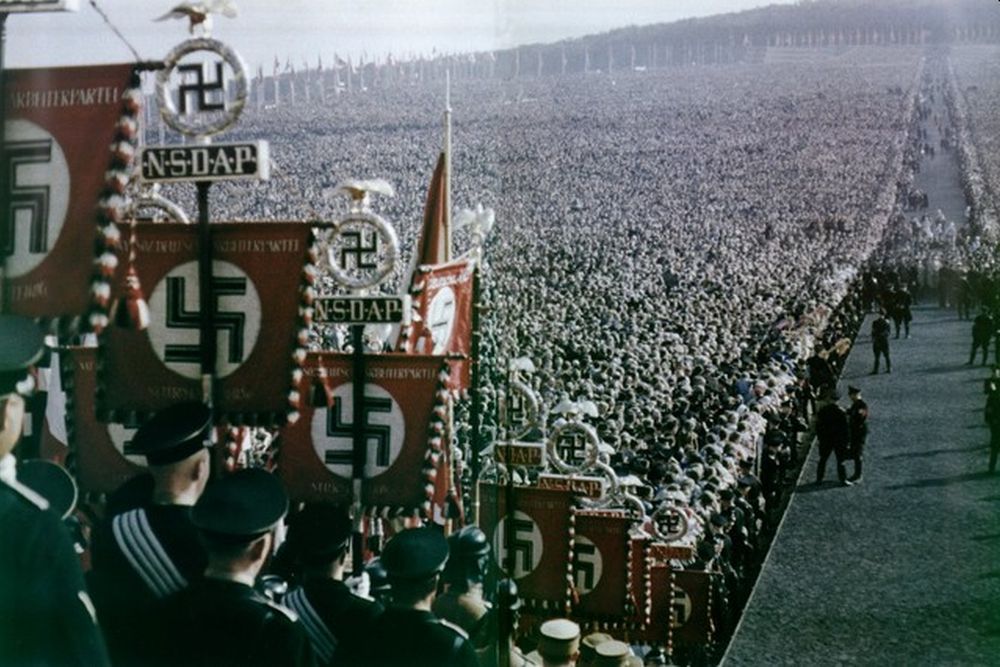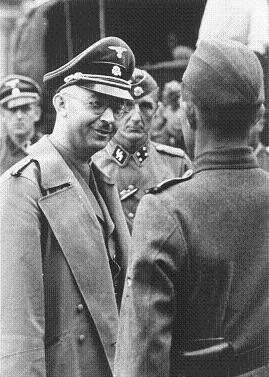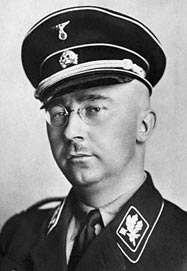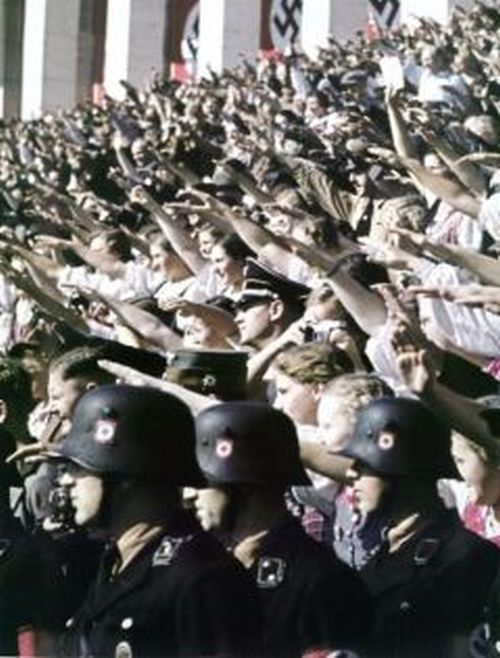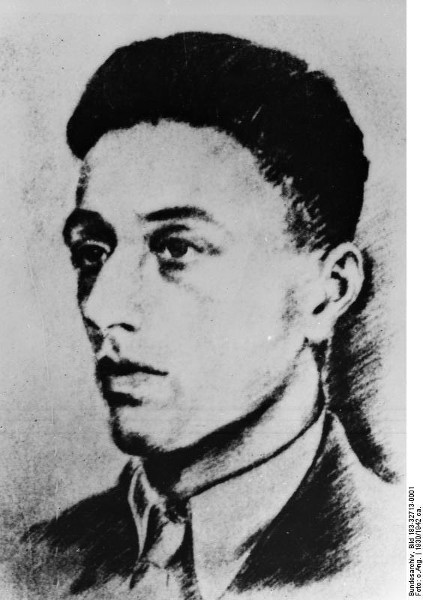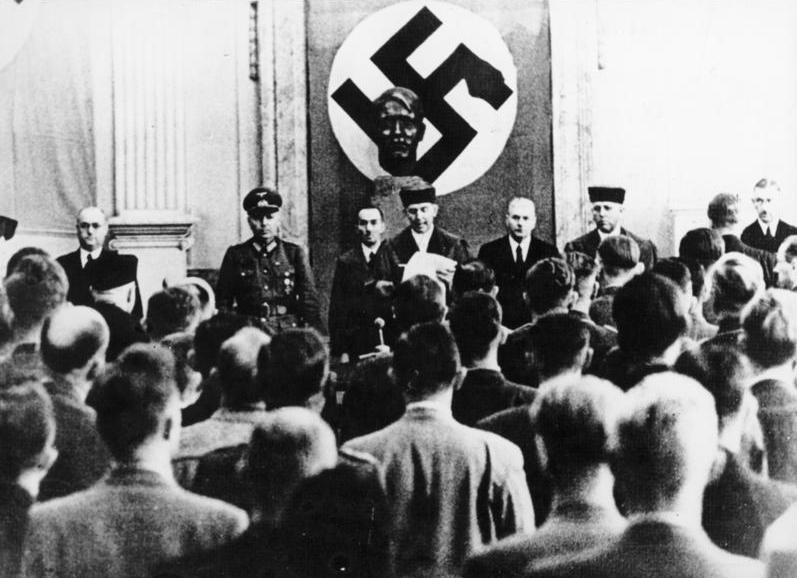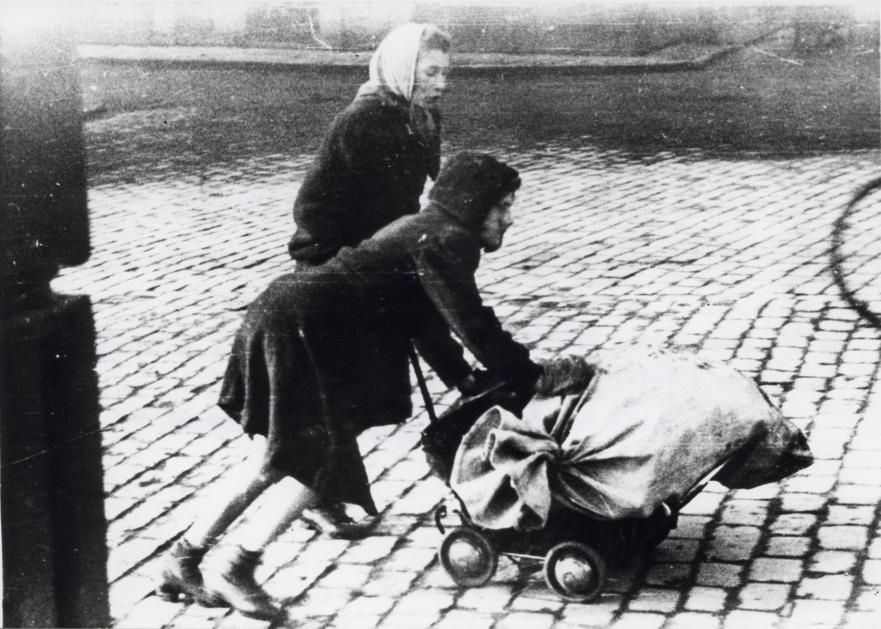Nieuwste artikelen
- Article by Jan de Jager
- Published on November 9th, 2024
Merwede razzia, May 16, 1944
When we use the term razzia, we usually think of the German occupier's hunt for Jews or the mass roundup of men for forced labour. However, several razzias have also taken place in retaliation for acts of resistance. The most notorious of these was the one in the village of Putten, but there have also been other razzias where large numbers of (young) men were arrested as hostages for that reason.
- Article by Wilco Vermeer
- Published on August 19th, 2024
Phoney War, the obscure prelude
When Germany invaded Poland on September 1, 1939, and France and Britain declared war on the country, everyone expected that the German lust for domination would soon be over. However, none of that came to pass.
- Article by Wilco Vermeer
- Published on June 9th, 2023
German NSDAP
When Adolf Hitler became absolute ruler of the German Republic in 1933, the NSDAP was the largest party in Germany, in votes as well as in members. In the beginning, nobody could have dreamt that this party would number over 8 million members at its pinnacle. Without this instrument, it would have been impossible for Hitler to gain so much power.
- Article by Kevin Prenger
- Published on May 28th, 2023
Reichsführung-SS
At the pinnacle of its power, the Schutzstaffel or SS was directed from 12 so-called Hauptämter or main offices which together made up the Reichsführung-SS. The foundation of this structure found its roots in the structure of the Sturmabteiling or SA. The SA leadership was formally in charge of the SS which was directly subordinate to the Oberste SA-Führung. The early leaders were Felix Pfeiffer von Salomon and. Ernst Röhm. Both men created an organizational structure which became the foundation for the one of the SS.
- Article by Kevin Prenger
- Published on May 17th, 2023
Allgemeine-SS
Just like the SA, the SS was established as a semi-professional organization. The men who joined the Stoßtrup Adolf Hitler in 1923 and the SS in 1925 did so voluntarily out of their political conviction. In the course of the years however, the SS evolved into an organization which encompassed various professional departments.
- Article by Kevin Prenger
- Published on May 16th, 2023
Schutzstaffel (SS)
After the end of World War Two, the Nuremberg trials were held from 1945 to 1949. The best known trial against 24 high ranking Nazis (the IMT) was followed by a series of trials against less prominent war criminals (the NMT).
In almost all Nazi crimes, one organization in particular was explicitly involved. This was the Schutzstaffel or in short SS, the major element in political and racial suppression in the Third Reich. The organization was founded to protect Adolf Hitler and other Nazi bigwigs but evolved into an all-encompassing organization which took the main responsibility for safety within the Reich.
- Article by Annabel Junge
- Published on April 22nd, 2023
Herbert Baum Gruppe
On May 18, 1942, two anti-Nazi-communist groups set fire to the anti-Soviet exhibition, the Soviet paradise, which was held in the Lustgarten in Berlin. For Goebbels, this incident formed the direct cause to urge Adolf Hitler to deport all Jewish people from Berlin. The culprits of the arson were members of the Herbert-Baum-Gruppe.
- Article by Sjoerd de Boer
- Published on March 13th, 2023
Execution of the conspirators of July 20, 1944
On July 20, 1944, the most famous of all planned attempts on the Führer took place in his HQ. Hitler barely got away with his life, resulting in a manhunt for the perpetrators. The main character, Claus von Stauffenberg was executed in the inner courtyard of the Bendlerblock in Berlin. Other defendants were executed in Plötzensee prison in Berlin.
- Article by Wesley Dankers
- Published on February 24th, 2023
Hunger winter
In the fall of 1944, the Dutch were convinced their liberation from German occupation was imminent. Instead, they were confronted with a severe winter and a critical shortage of fuel and food which would claim thousands of lives and would generally be known as the Hongerwinter.
